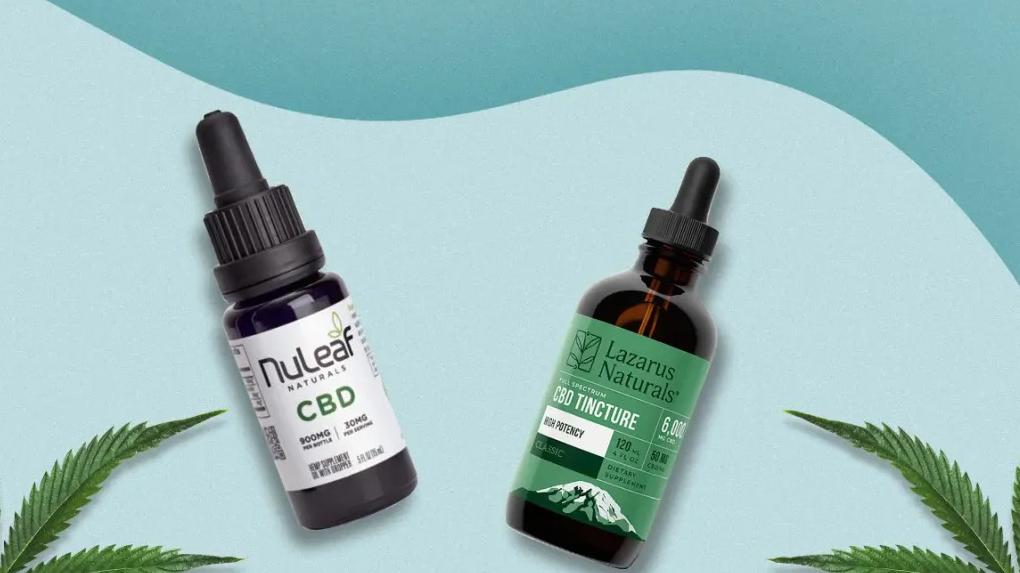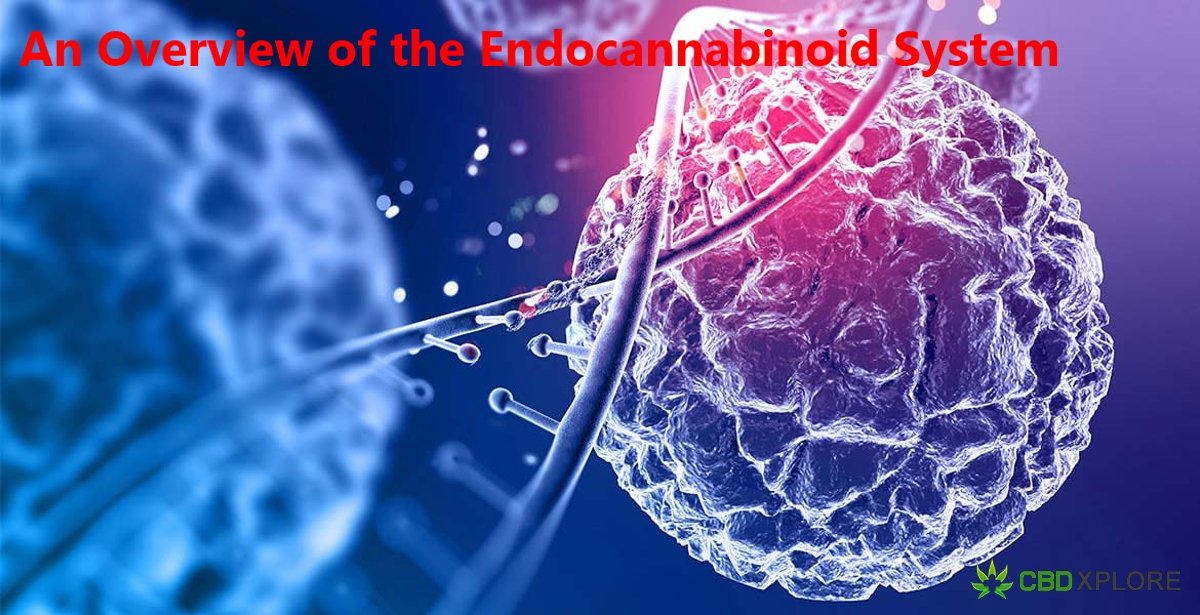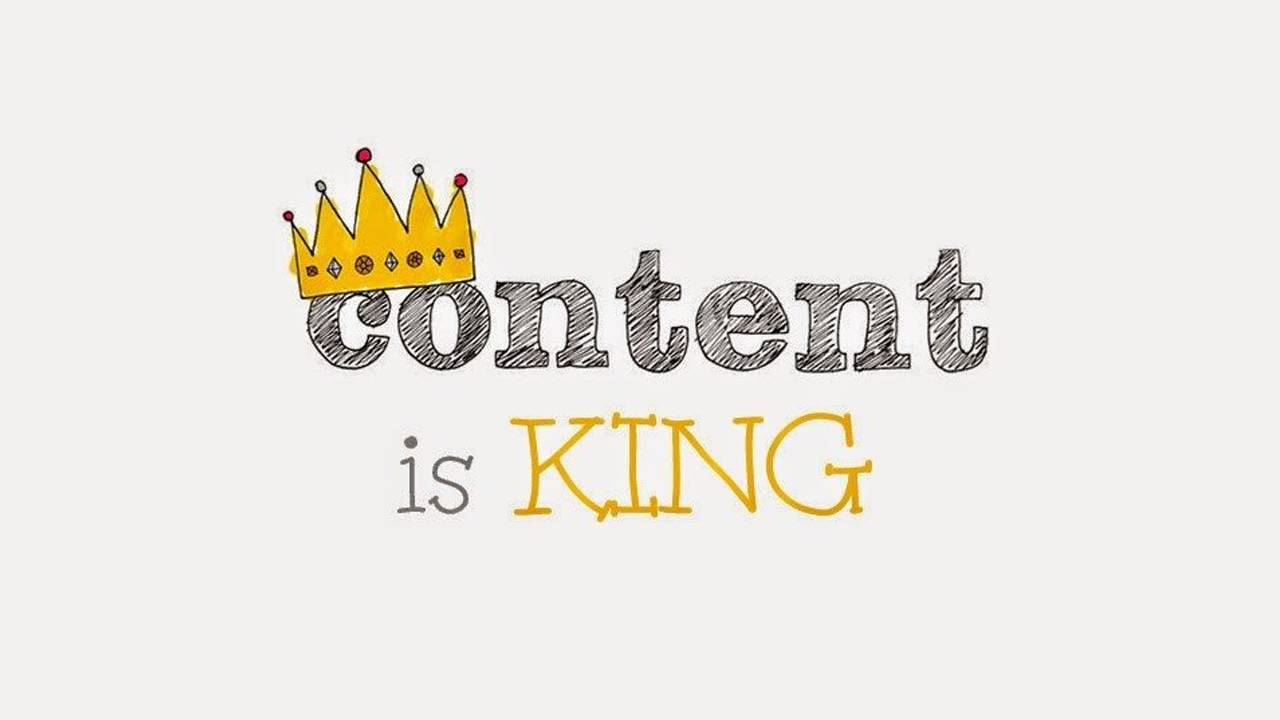A Glimpse into DEA Drug Scheduling

When it comes to drug legality, it appears that the A Glimpse into DEA Drug Scheduling situation should be simple either a substance is lawful or it isn’t. True, some of them require a prescription, but everyone understands that. But, the honest answer to the question “Is CBD oil legal?” is “It’s difficult.”
This will inevitably lead to a discussion of the DEA drug schedule. So what exactly does that mean? Category I drugs are highly addictive and have no demonstrated medical purpose. Unsurprisingly, these are only legally available for study purposes.
Nevertheless, in order to fully comprehend the DEA’s drug scheduling, you must first understand how we get here.
Explore the Contents
The First Drug War
A Glimpse into DEA Drug Scheduling Drug policy has seemed ideal for international cooperation since the League of Nations was created in the 1920s, given that drug customers are frequently in different countries than the farmers providing the raw materials.
The Single Convention schedules differ from those used by the DEA. There are just four, and Schedule I contains the least harmful medications. It also did not attempt to schedule every drug in existence, instead focusing on opium, coca, and cannabis products, as well as medications judged to have similar effects to those goods.
The treaty did not require all parties to prosecute Schedule IV chemicals, but it did encourage them to limit their use to research reasons. It also demanded that each government establish an organization to oversee the cultivation and distribution of the plants in question.
Category IV of the treaty includes “cannabis and cannabis resin,” with the resin comprising THC, CBD, and other cannabinoids. Such location was not without dispute, but it established a precedent for all signatories, including the US.
Read More: The Most Common Reasons Why People Use CBD Products
The Beginning of DEA Drug Scheduling
The United States Congress passed legislation to conform with the Single Convention nine years later. (No one ever suggested that the wheels of government move quickly.) This resulted in the five-schedule system that the DEA still employs today. According to the Controlled Substances Act, the DEA should decide whether or not to schedule a drug based on the following criteria:
- Its actual or relative misuse potential.
- If known, scientific evidence of its pharmacological impact.
- The present state of scientific knowledge on medicine or another chemical.
- Its abusive history and contemporary pattern.
- Abuse’s breadth, duration, and significance.
- What, if any, risk to public health exists?
- It is liable for psychic or bodily dependence.
- Whether the drug is an immediate precursor to an already controlled substance
The DEA determines which berth a drug should occupy on the schedule based on three factors: potential for abuse, medical use, and potential addictiveness. The current schedule is as follows:
Narcotics are dangerous, highly addictive, and have no recognized medical value. Heroin, LSD, ecstasy, and quaaludes are among the other Schedule I substances. If they are available, they are purely for study purposes.
Physicians can prescribe them, but no automatic refills are available. Substances are medically beneficial and have a low risk of addiction and safety problems. Physicians can typically prescribe medications from Classes III to V.
Compounds are medically beneficial and have a limited potential for abuse, yet they are somewhat addicting. Most prescription sleeping drugs, such as Valium and Ambien, are among them, as are long-acting barbiturates.
Medicines have the lowest misuse potential and are only moderately addictive. Low-codeine cough syrup, epileptic medications, and antidiarrheals are among them.
Cannabis Studies and Political Changes
In accordance with the Single Convention, the United States government established an entity to oversee the country’s legal cannabis supply for research purposes. Historically, there wasn’t much: simply a 1.5-acre parcel harvested at the University of Mississippi.
Yet, it was sufficient for scientists to discover some really interesting facts about cannabis and its qualities. They’d already pulled it apart sufficiently to identify THC as the intoxicant and described numerous other cannabinoids, including CBD, by the time the CSA passed.
Early studies revealed that CBD is not intoxicating or addictive and that it may be useful in treating some health issues. Simultaneously, the only negative effects were rare and mild.
Even THC appeared to be beneficial in the treatment of nausea, glaucoma, and pain. This resulted in Marinol, a synthetic version of THC, receiving FDA approval for severe nausea in the 1980s. Marinol is now classified as Schedule III by the DEA after previously being classified as Schedule II.
Cannabis decriminalization campaigns are as old as the Controlled Substances Act itself. Yet every attempt was futile.
At the state level, things were different. States began implementing legislation authorizing medical marijuana usage in 2023. Political support for rescheduling has grown. The federal government, however, felt bound by the 1961 accord. As a result, Congress devised a workaround.




